Workshop of the long- and short – knives
Forging, grinding, sharpening: Behind the precise cut of a Swiss knife lies a lot of grimy work. A family of cutlers at the Klötzli workshop has been shaping metal into knives for over 160 years.
Entering the workshop in the industrial quarter of Burgdorf, north of the Swiss capital, Bern, the first thing you notice is the smell: iron, steel, abrasives, oil and grease. It stays with you for the entire visit.
The Klötzli cutlery is in the hands of the sixth generation of the Klötzli family, now run by Nina and Samuel Klötzli. Nina takes care of administration and bookkeeping and occasionally sales in one of the two shops in Burgdorf and Bern. Only last year, at the age of 34, she began an apprenticeship as a cutler after working in the hotel business. Her brother Samuel takes care of the marketing.
Nanny knife
In the assembly area, a staff member drills straight holes into the wooden handles of a simple kitchen knife. But it becomes a “Grandmother’s knife” once the handle is screwed to the blade – a simple but efficient tool for pealing and chopping vegetables and fruit.
One of the more unusual items, a circular blade, is designed for cheese makers. It’s made to penetrate deep into a wheel of cheese, to remove a tasting sample. This special knife is exported all over the world.
But much of the activity in the workshop is dedicated to servicing and repairing knives – regrinding precision, industrial tools, and sharpening expensive kitchen knives from restaurants and amateur chefs.
The dirty work
Grinding is dirty work. Filings dissolve in grinding fluid, which can be water or oil, depending on the exact requirements. The liquid turns grey and black, while the grinding sludge mixes with the abrasive, which is produced in the workshop itself, made from beef tallow and corundum, a hard mineral.
On the shelves in the warehouse there are blade moulds, half-mounted folding knives and the raw materials for the more pricey knife handles: Moonstone, deer antler or – more modern – carbon. The family business is known above all for its jackknives. Designed by the 70-year-old patron, Hanspeter Klötzli, and handcrafted. They are simple, mechanically impeccable and – depending on the model – not cheap.
He checks each knife before it leaves the workshop, checking the spring mechanism, ensuring it clicks quietly when locked.
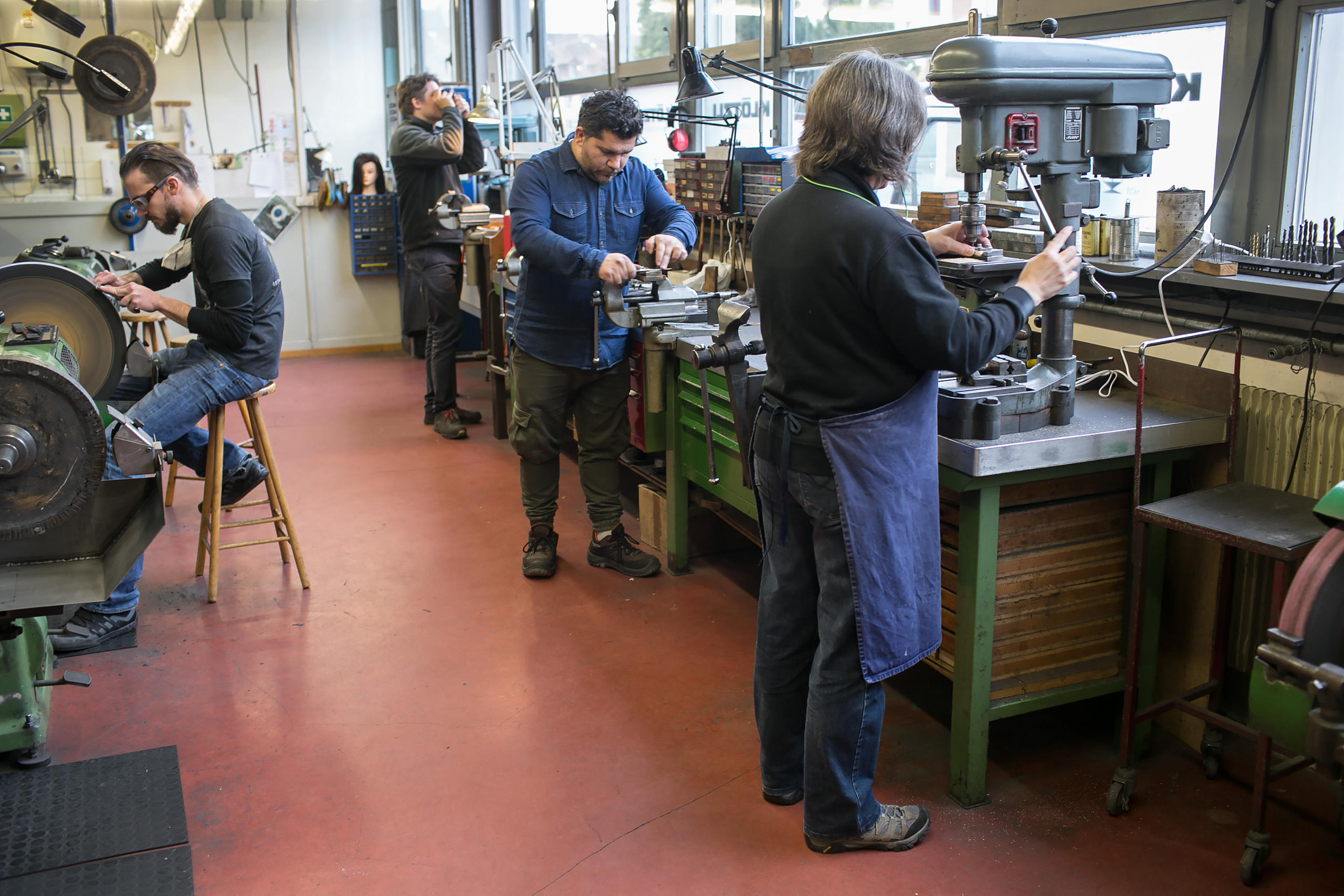
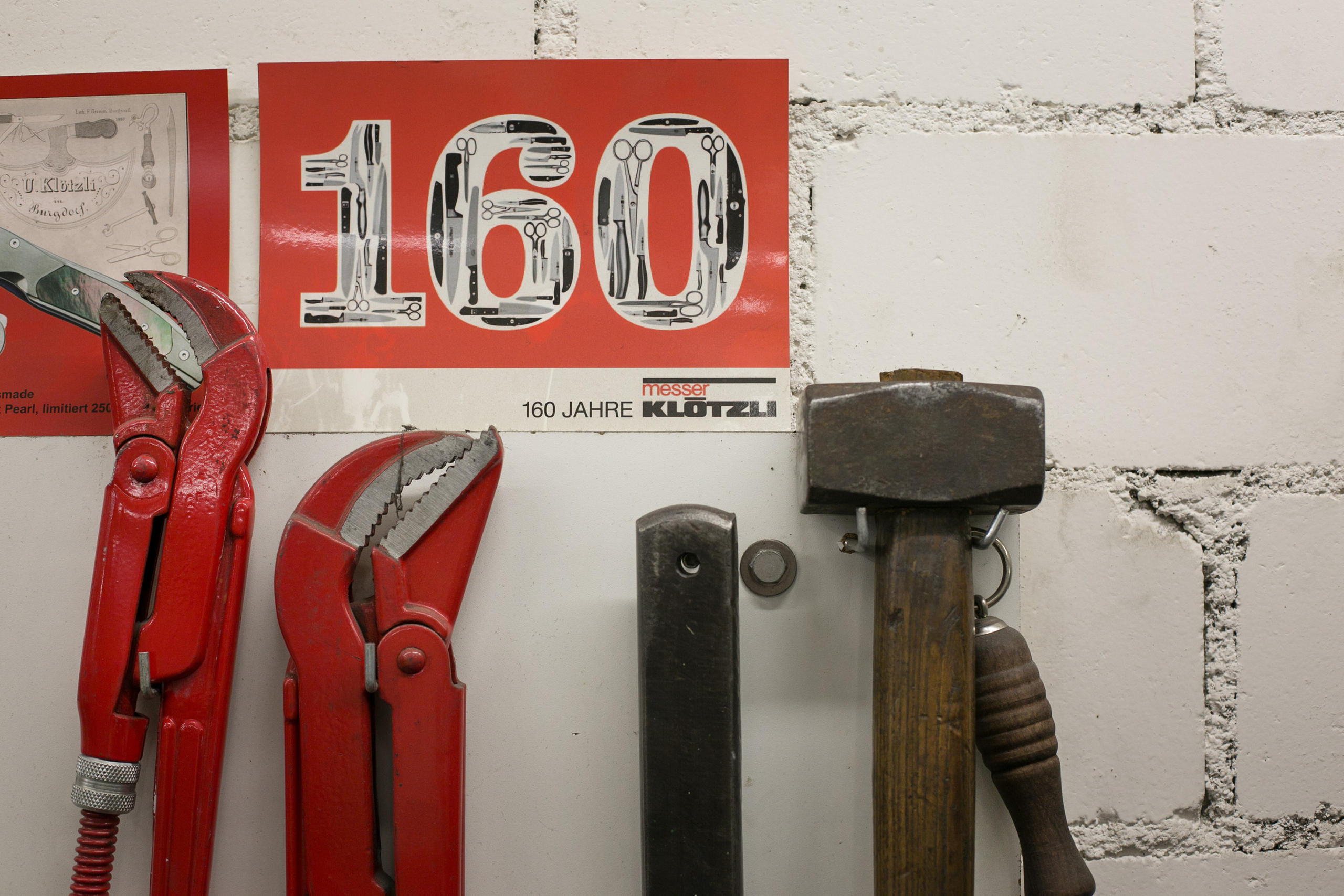
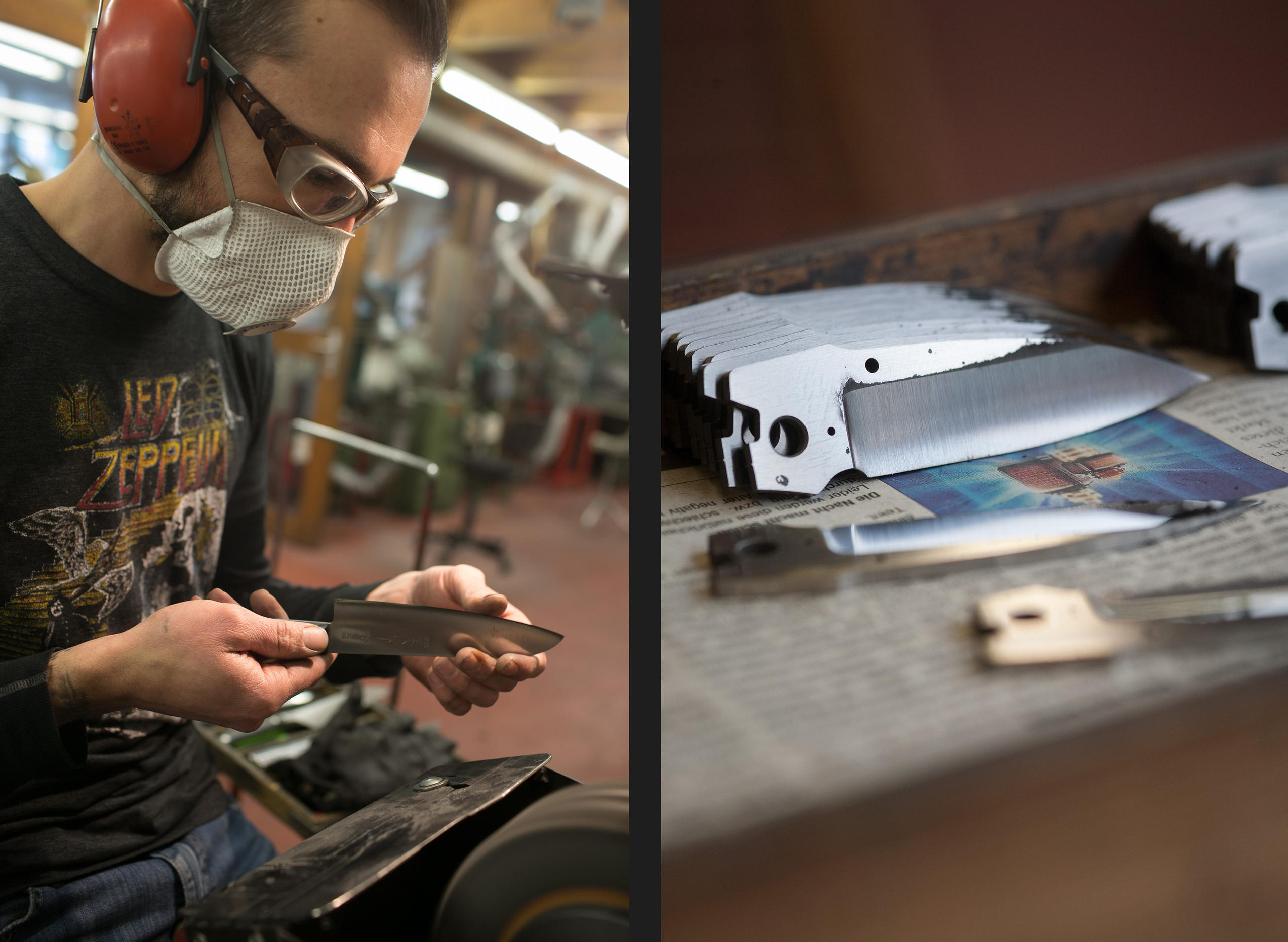
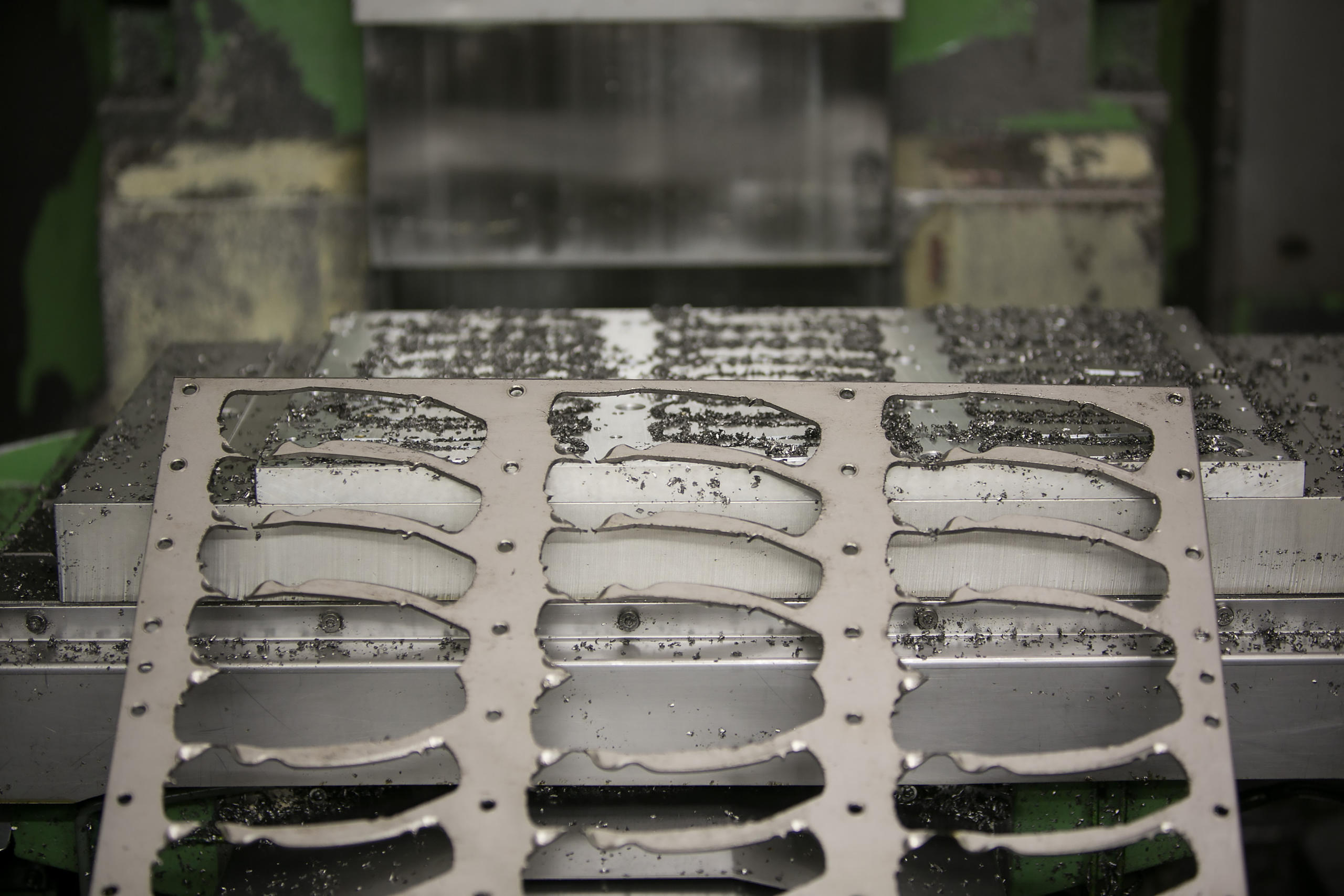
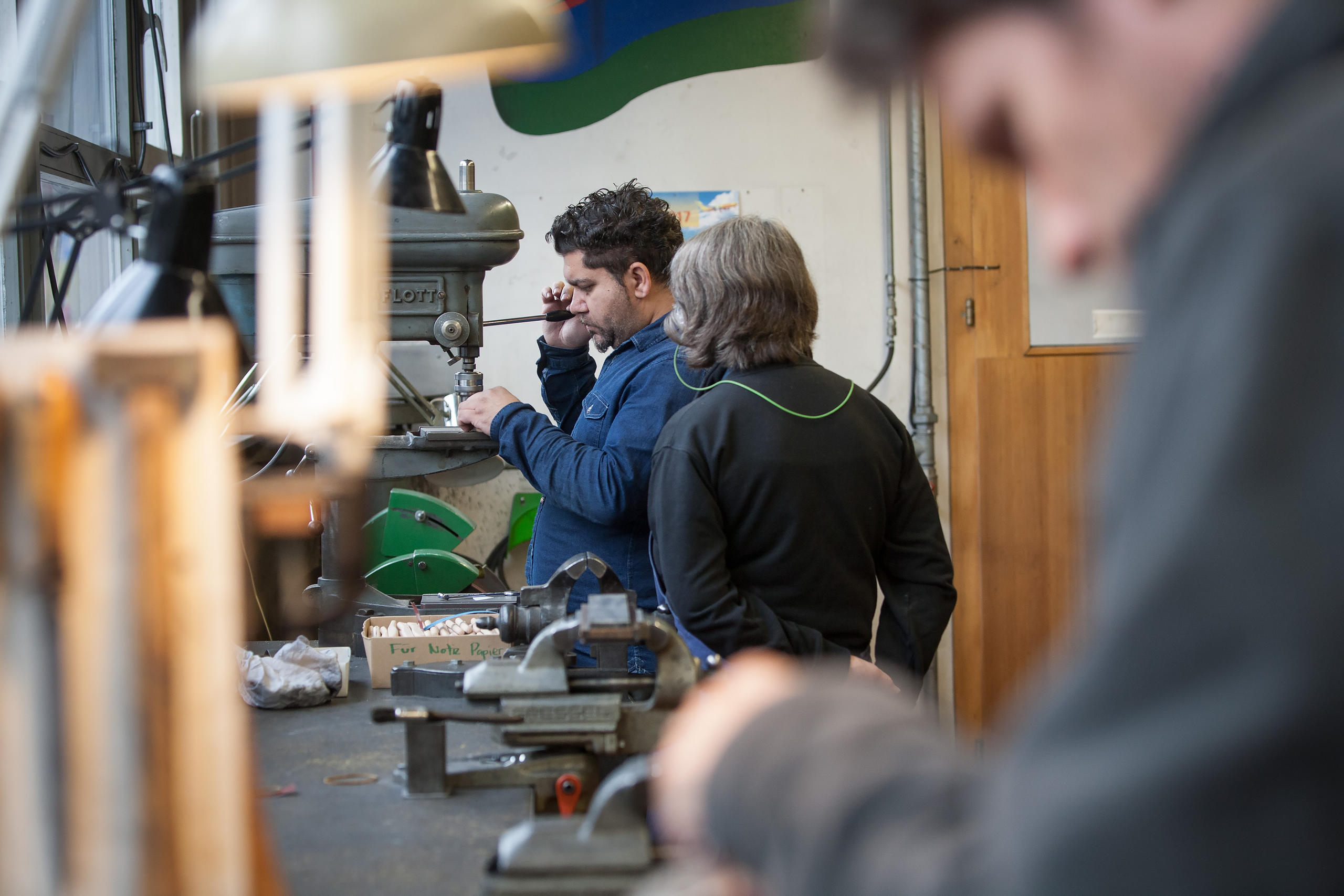
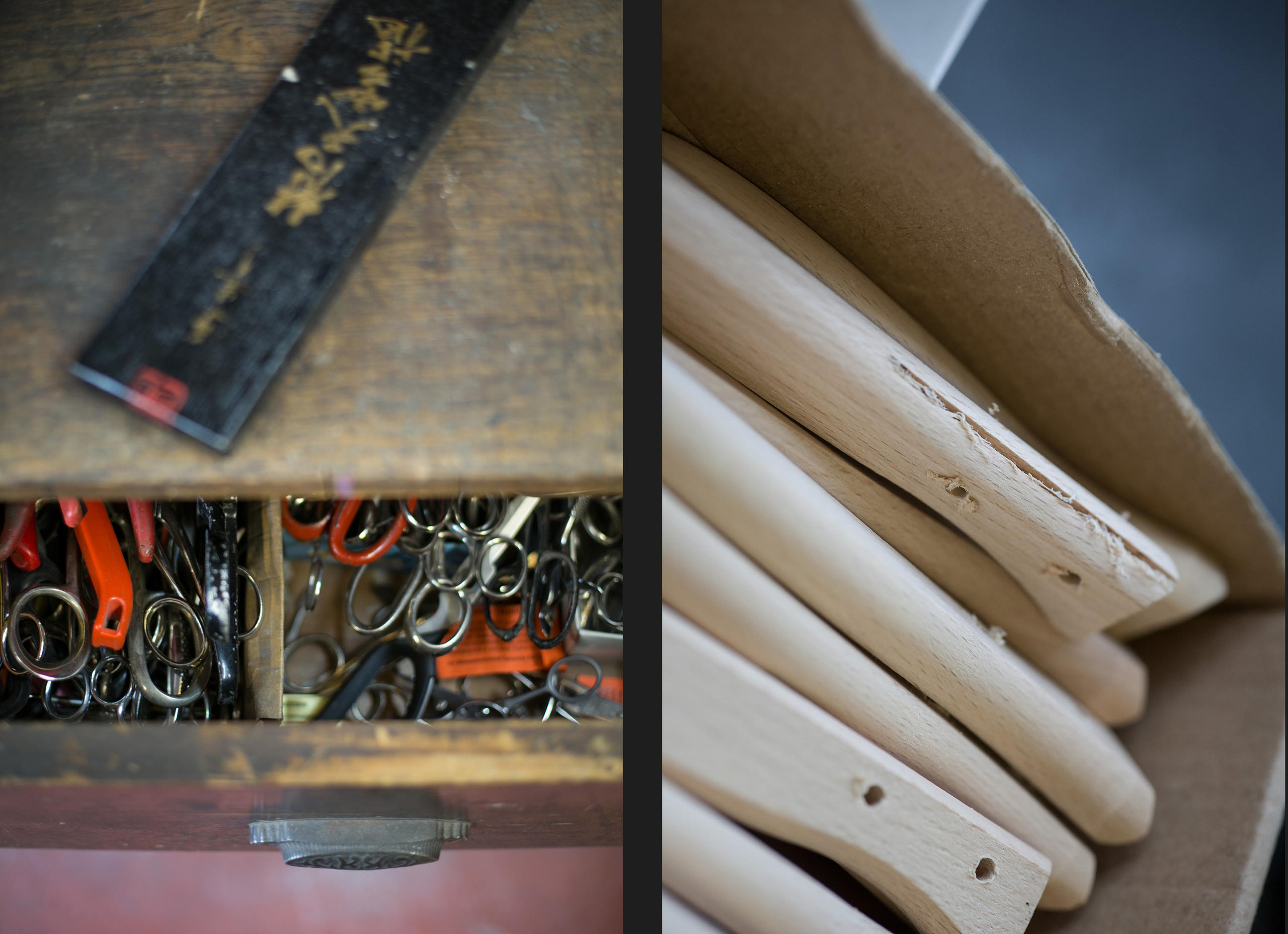
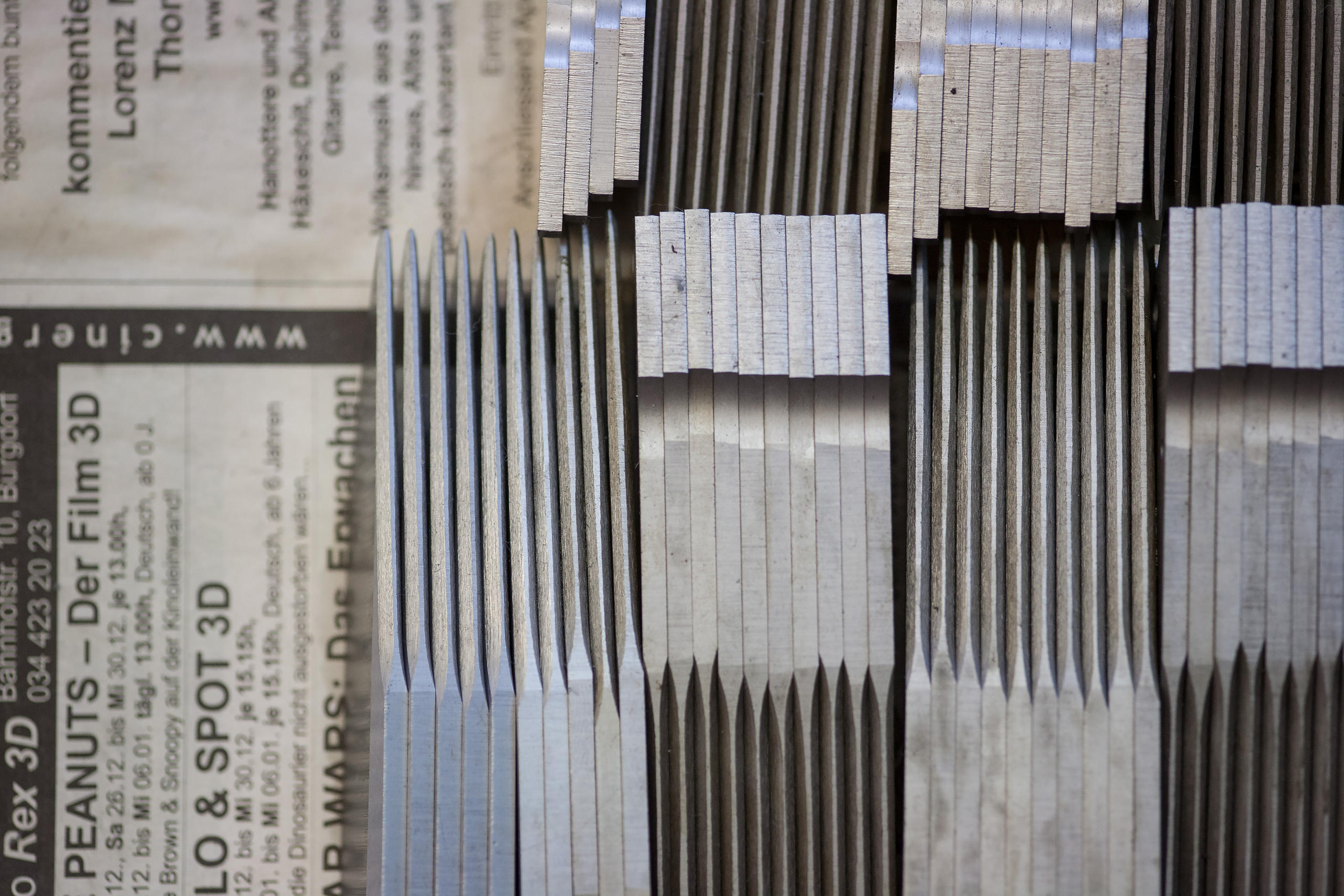
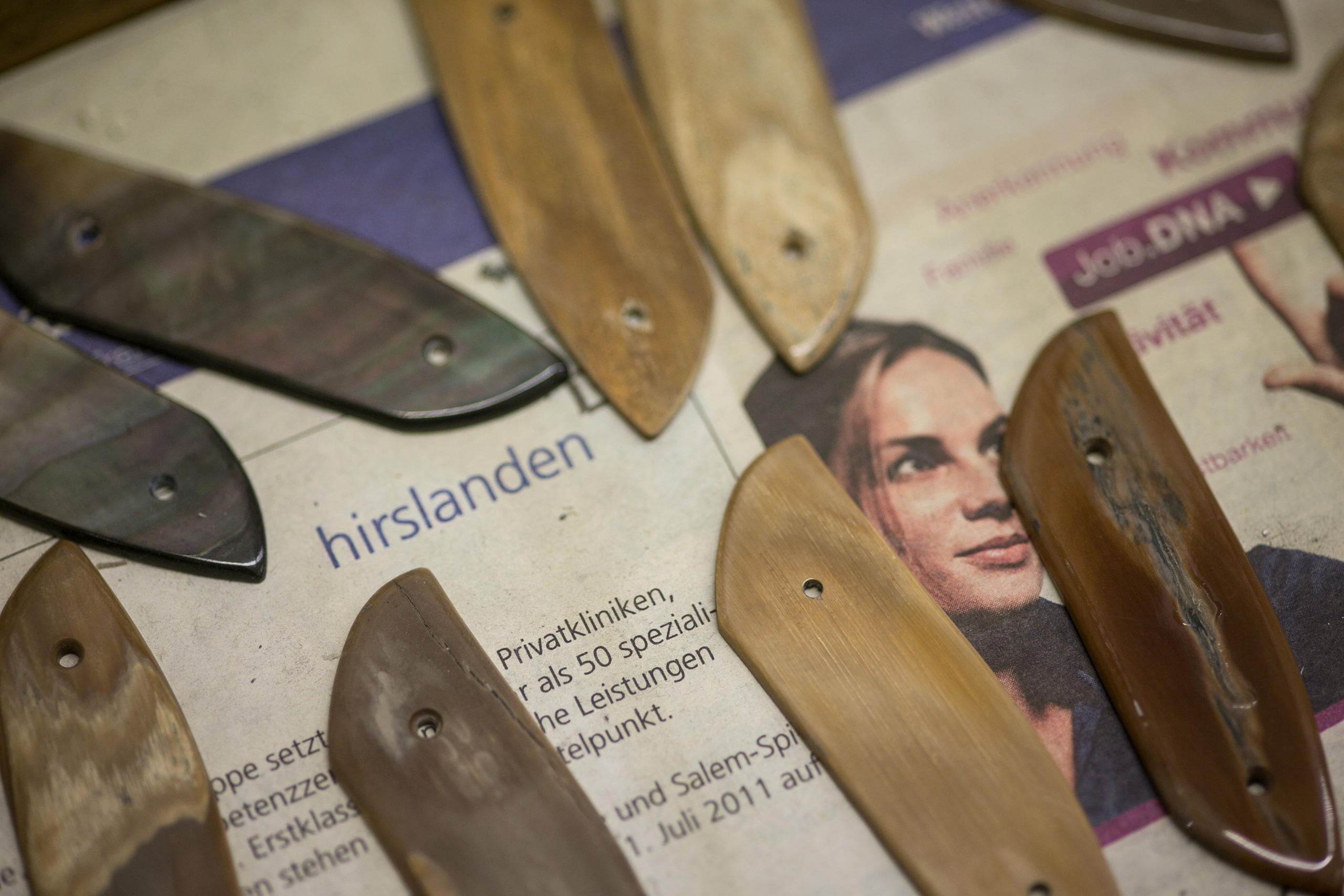
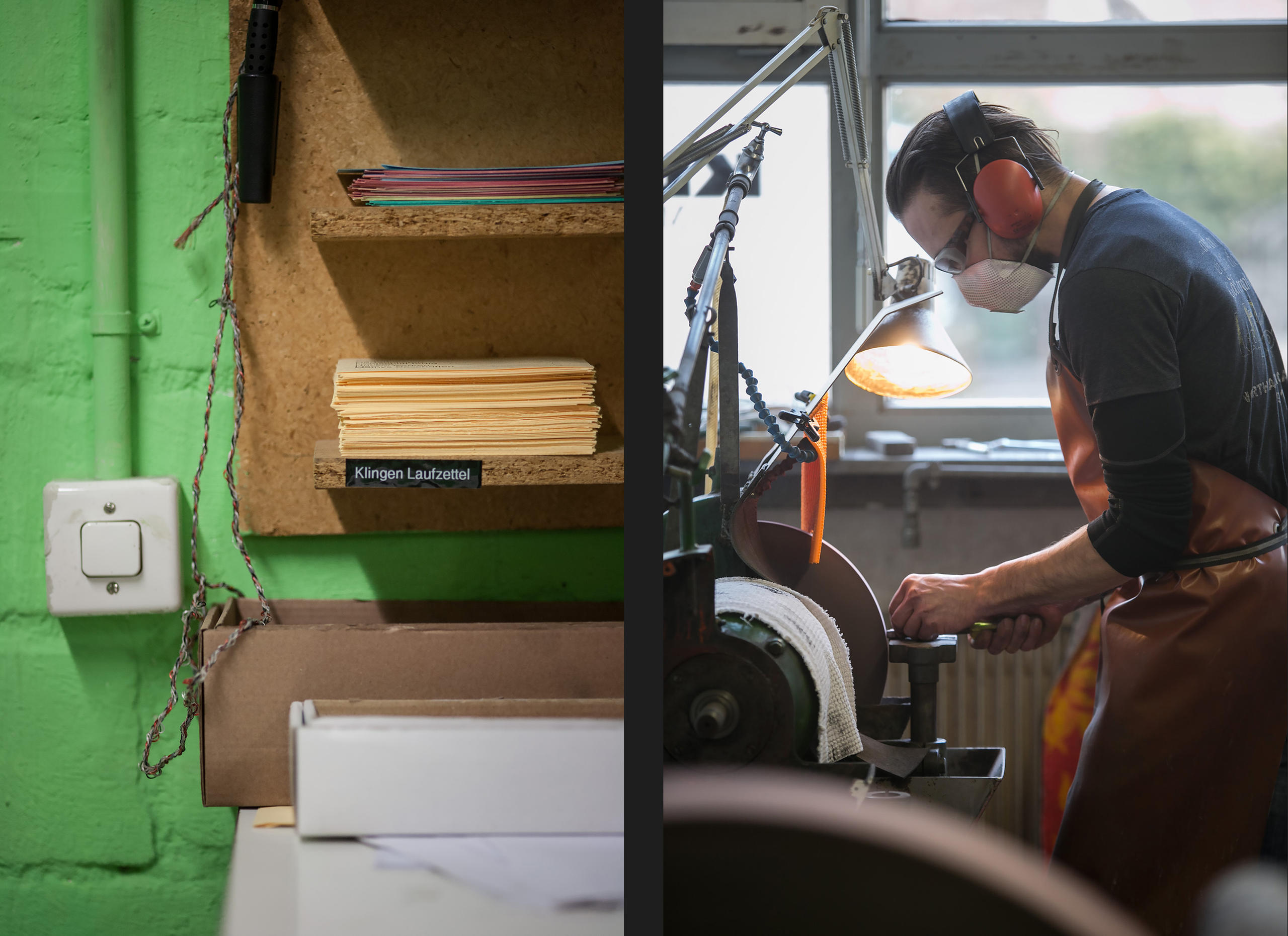
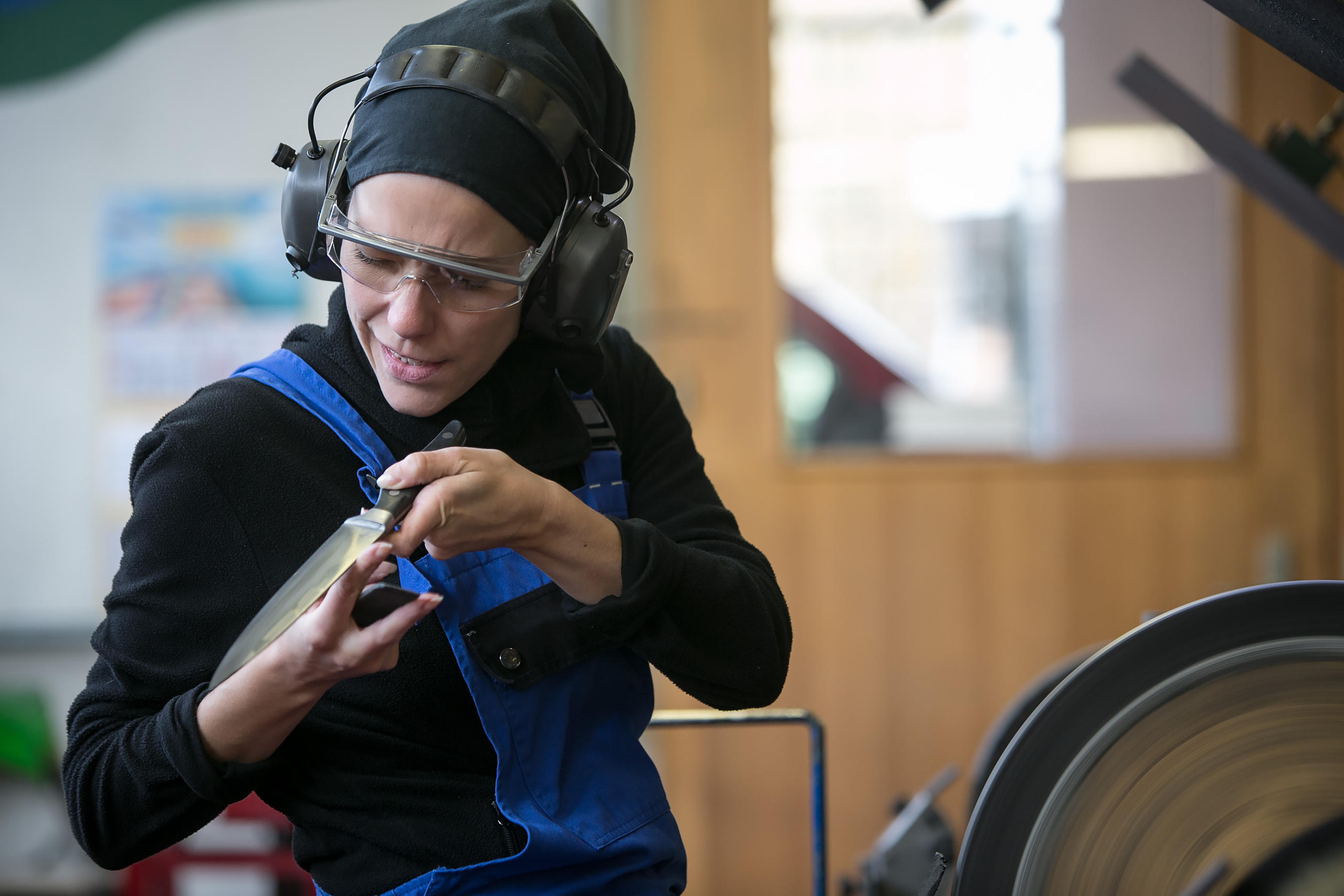
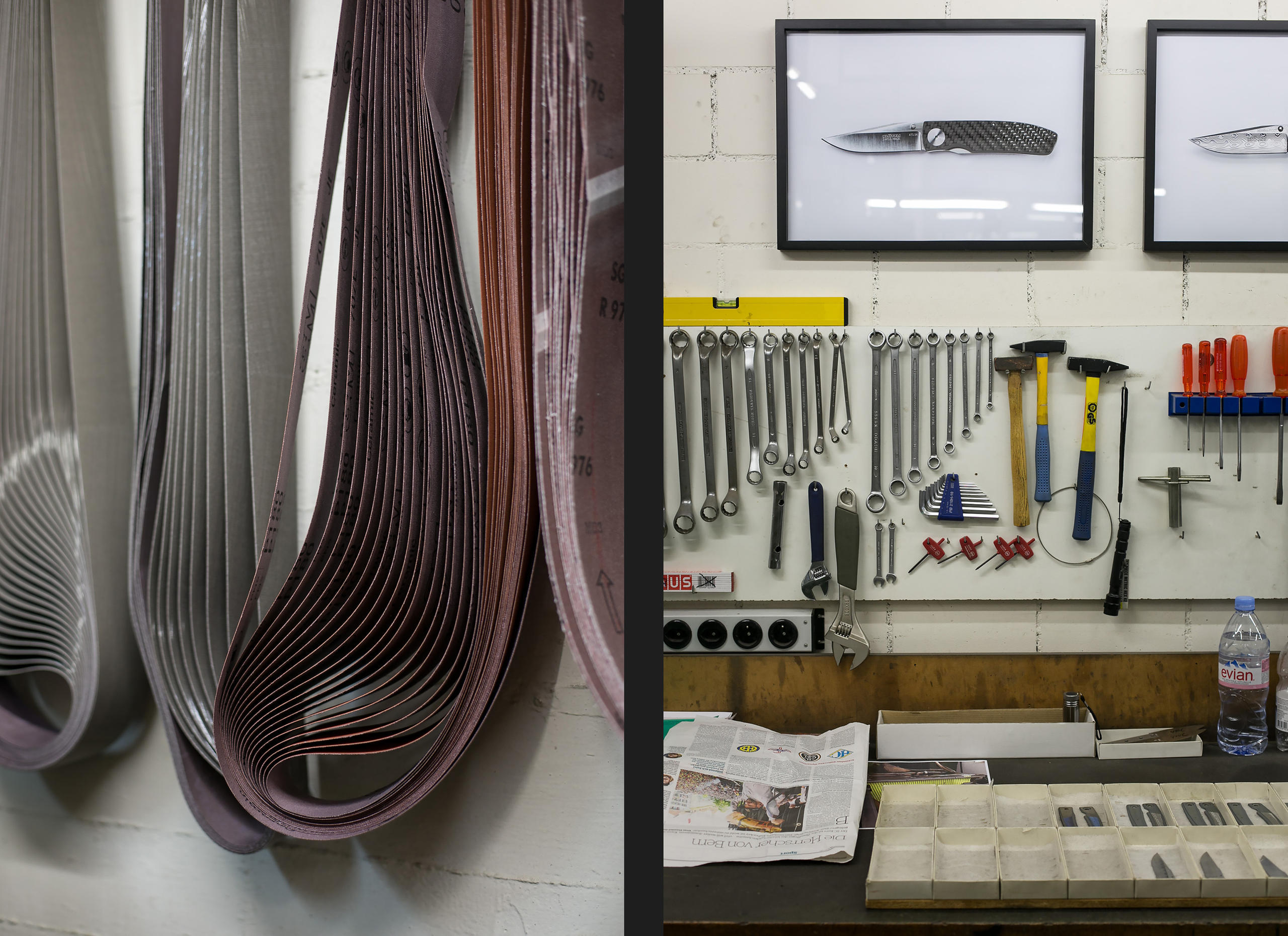
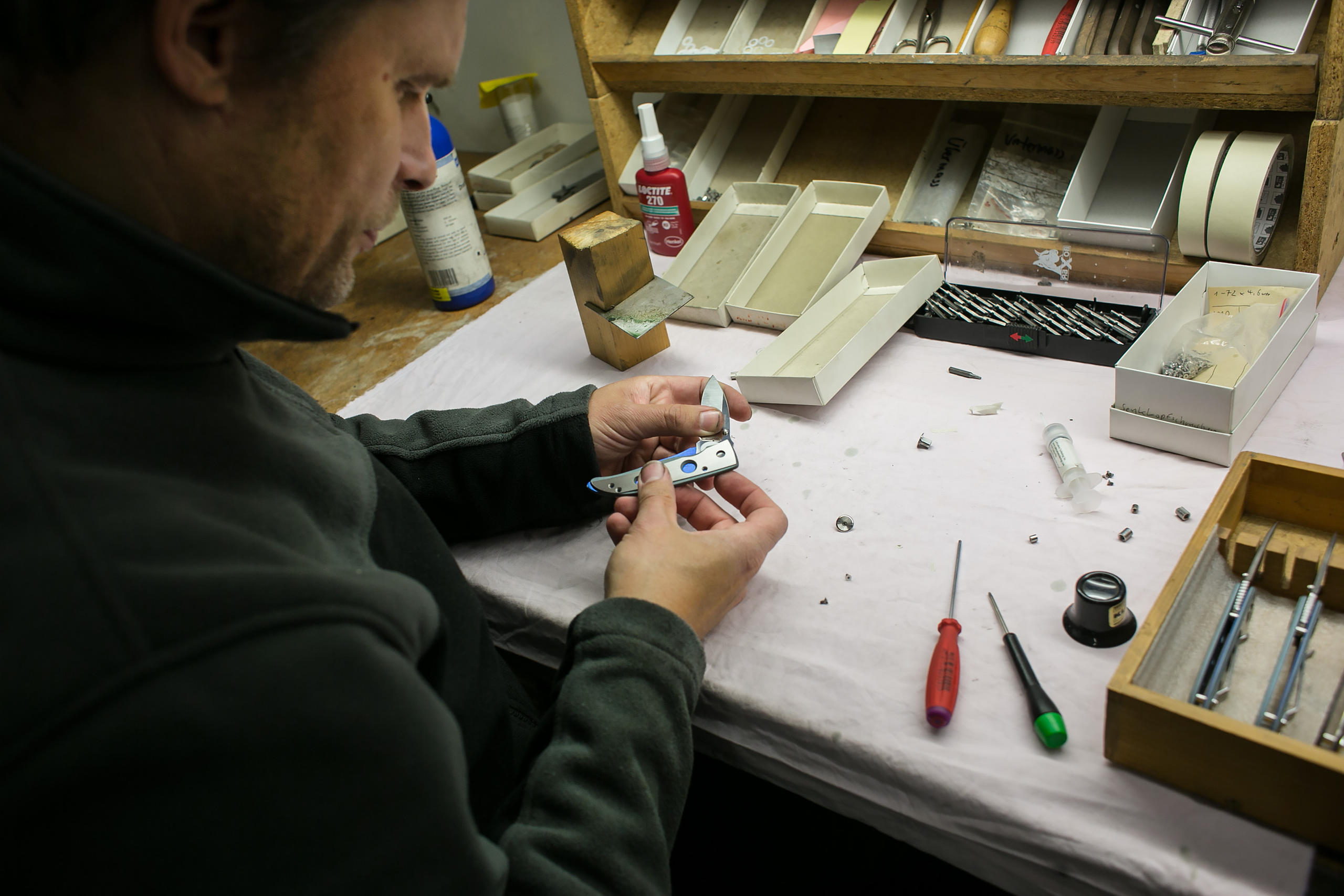
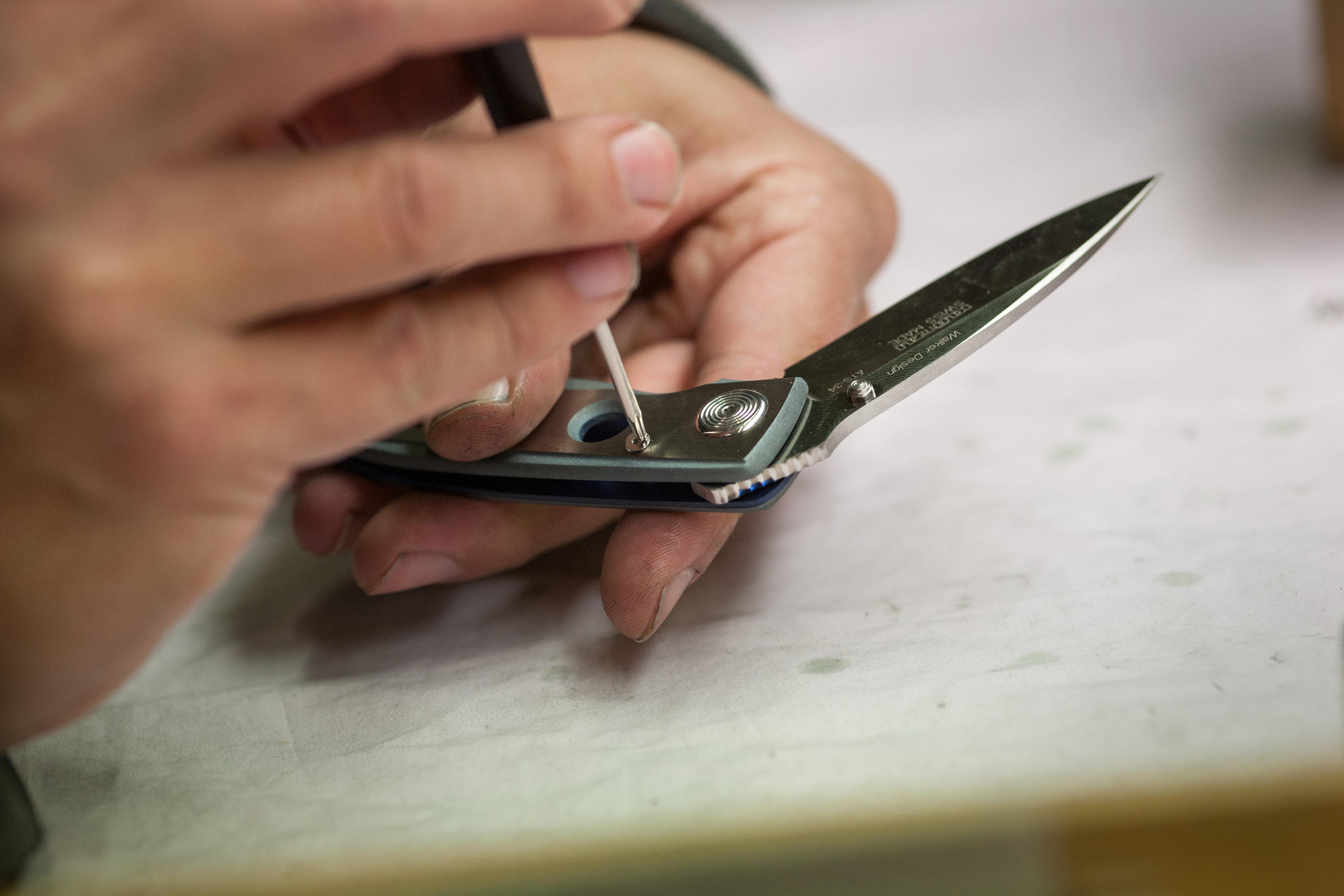
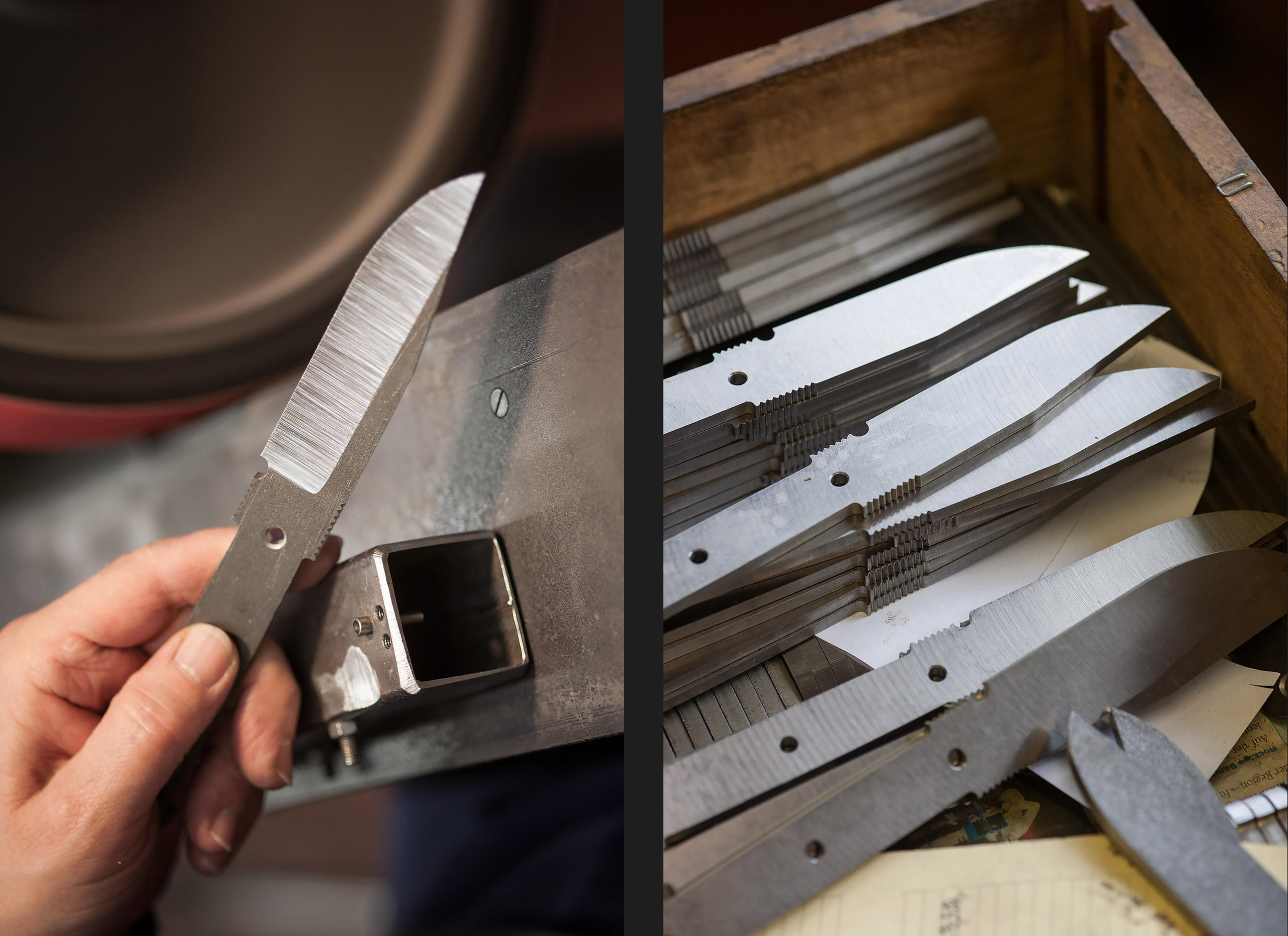
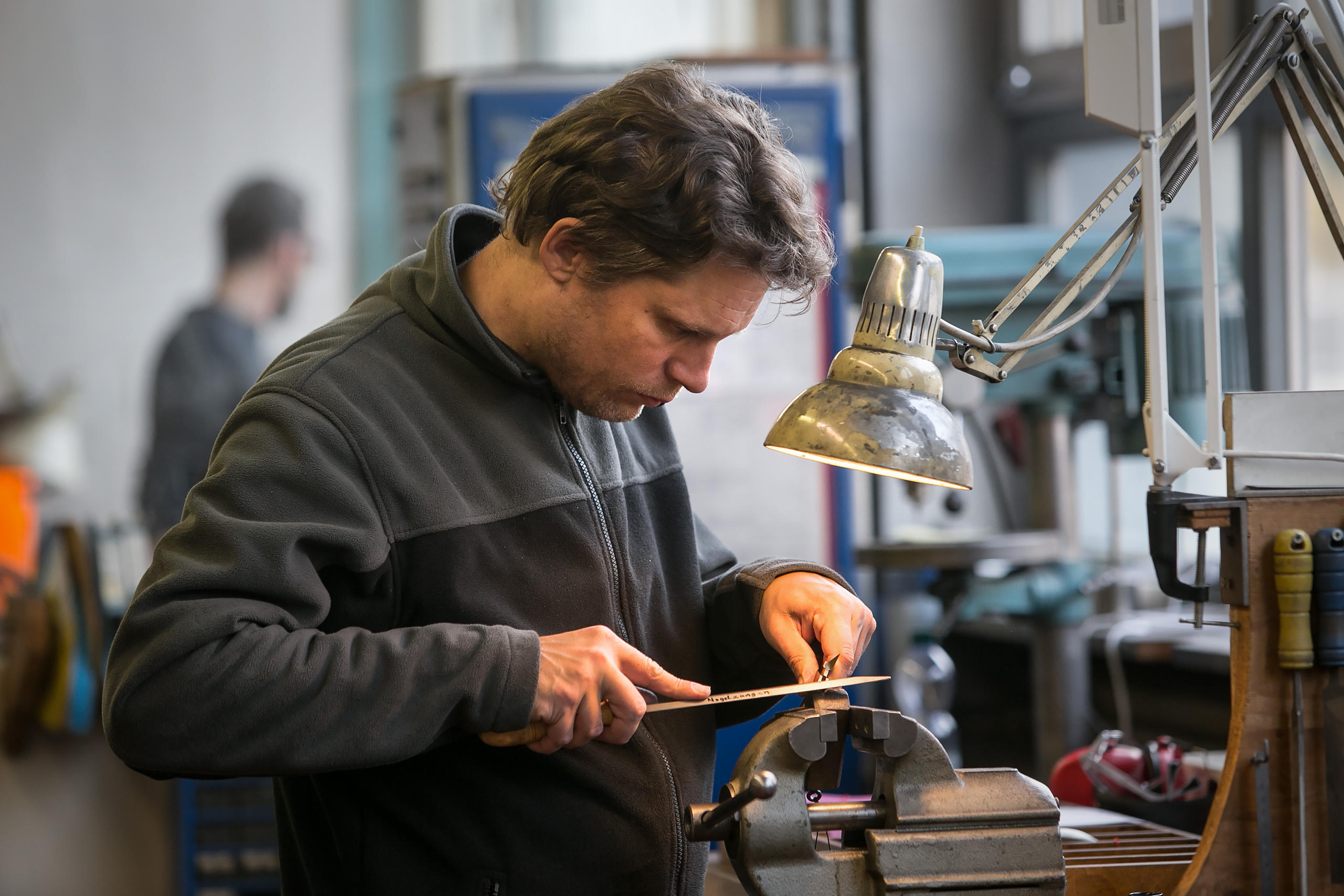
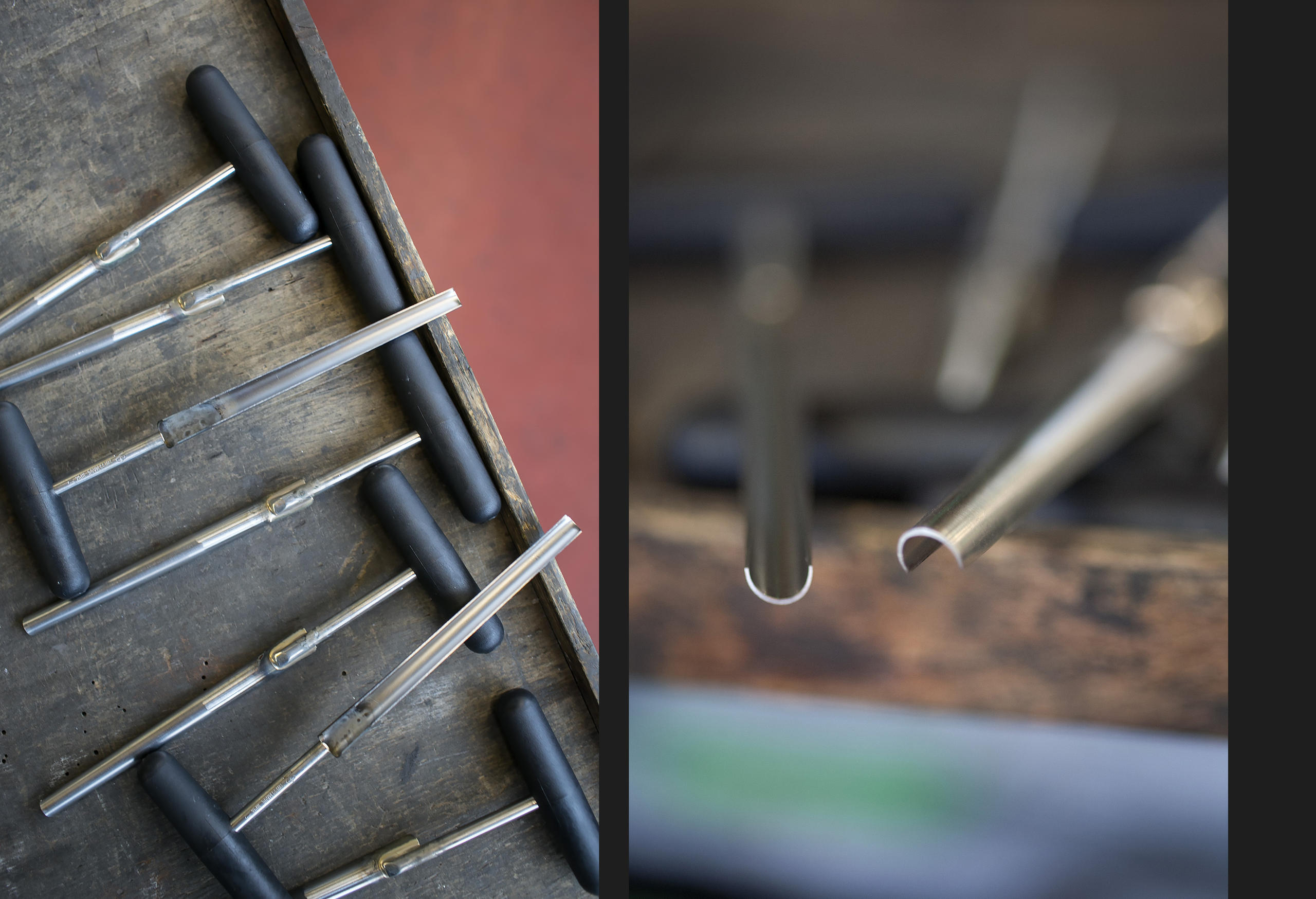
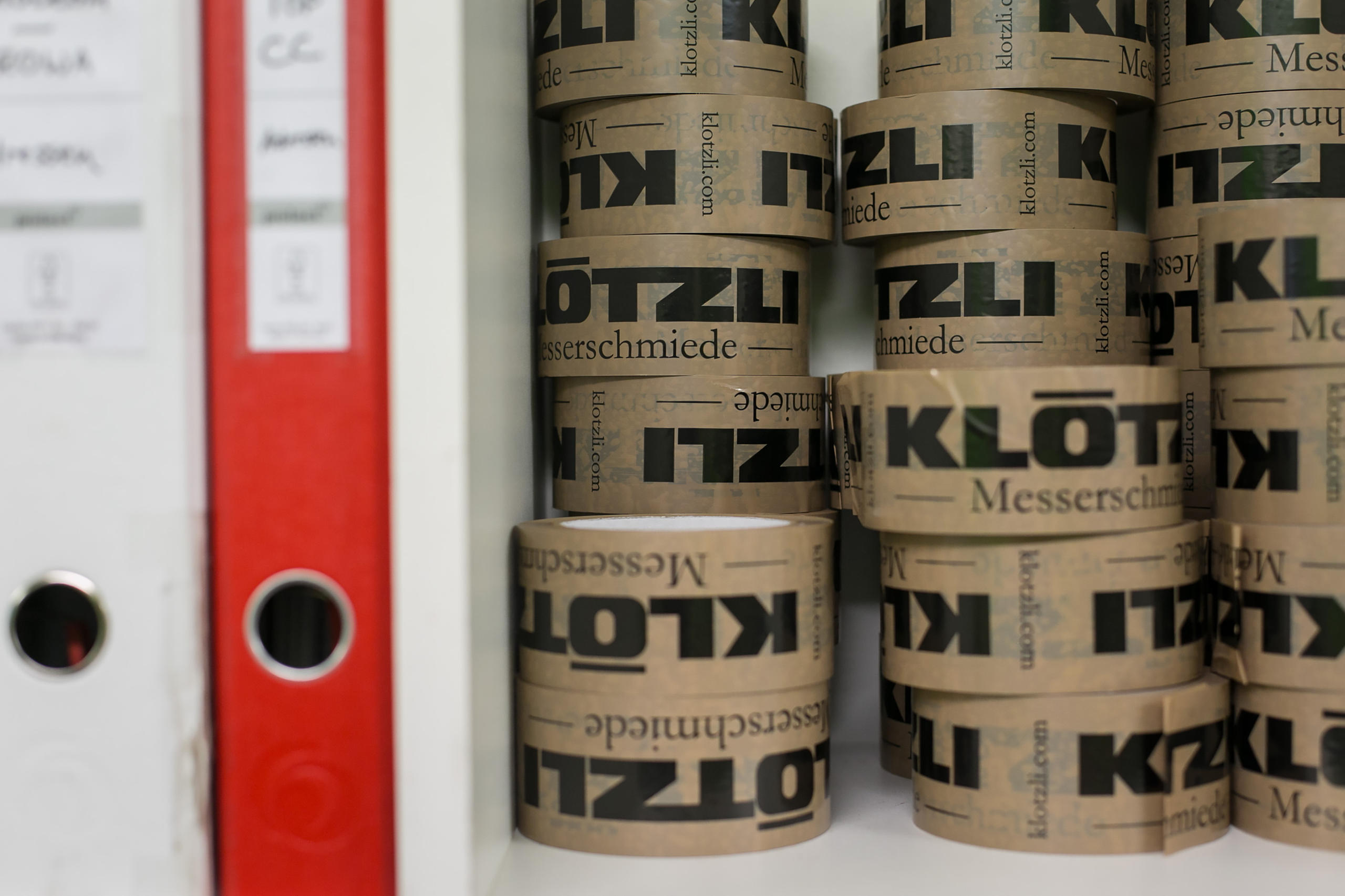
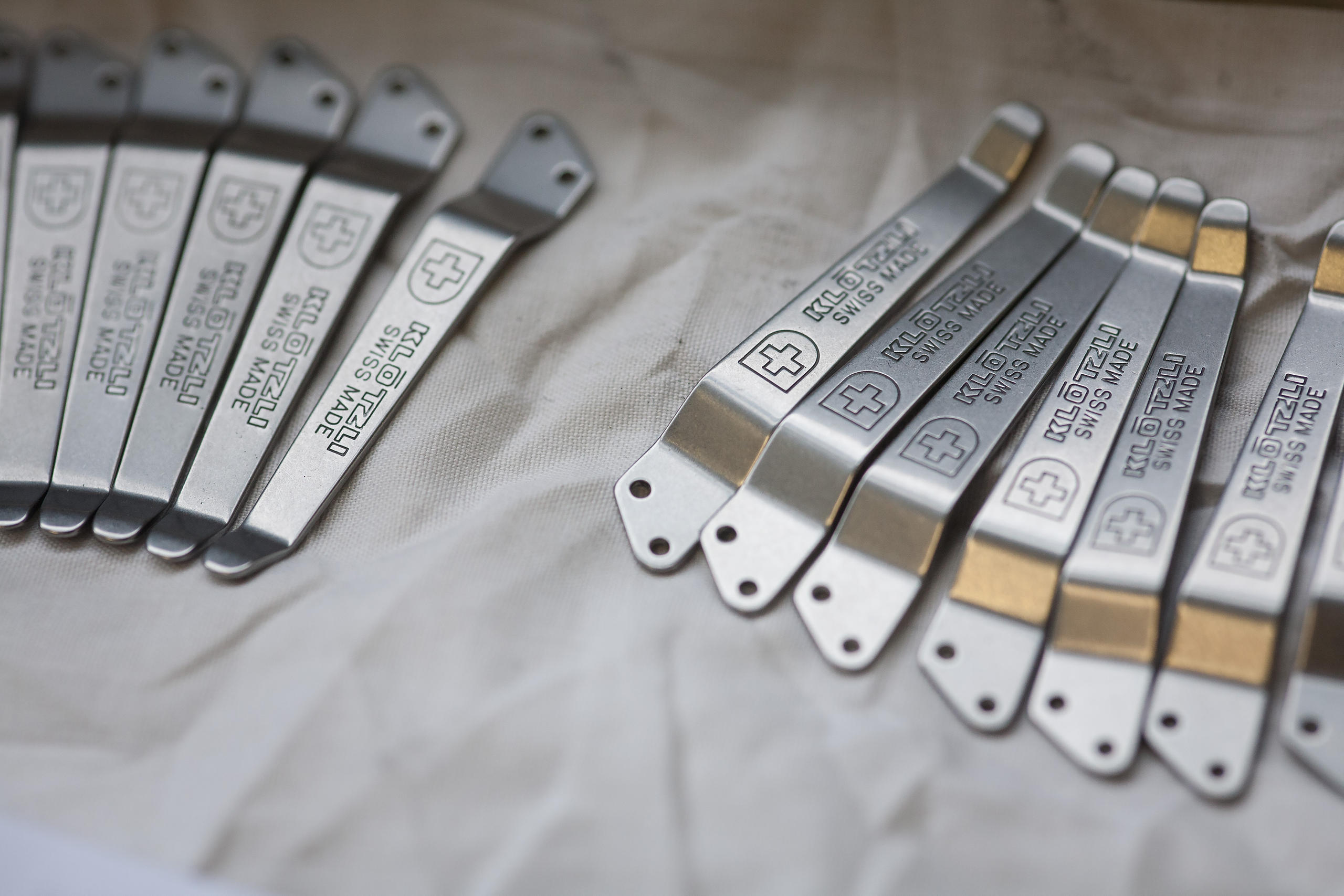
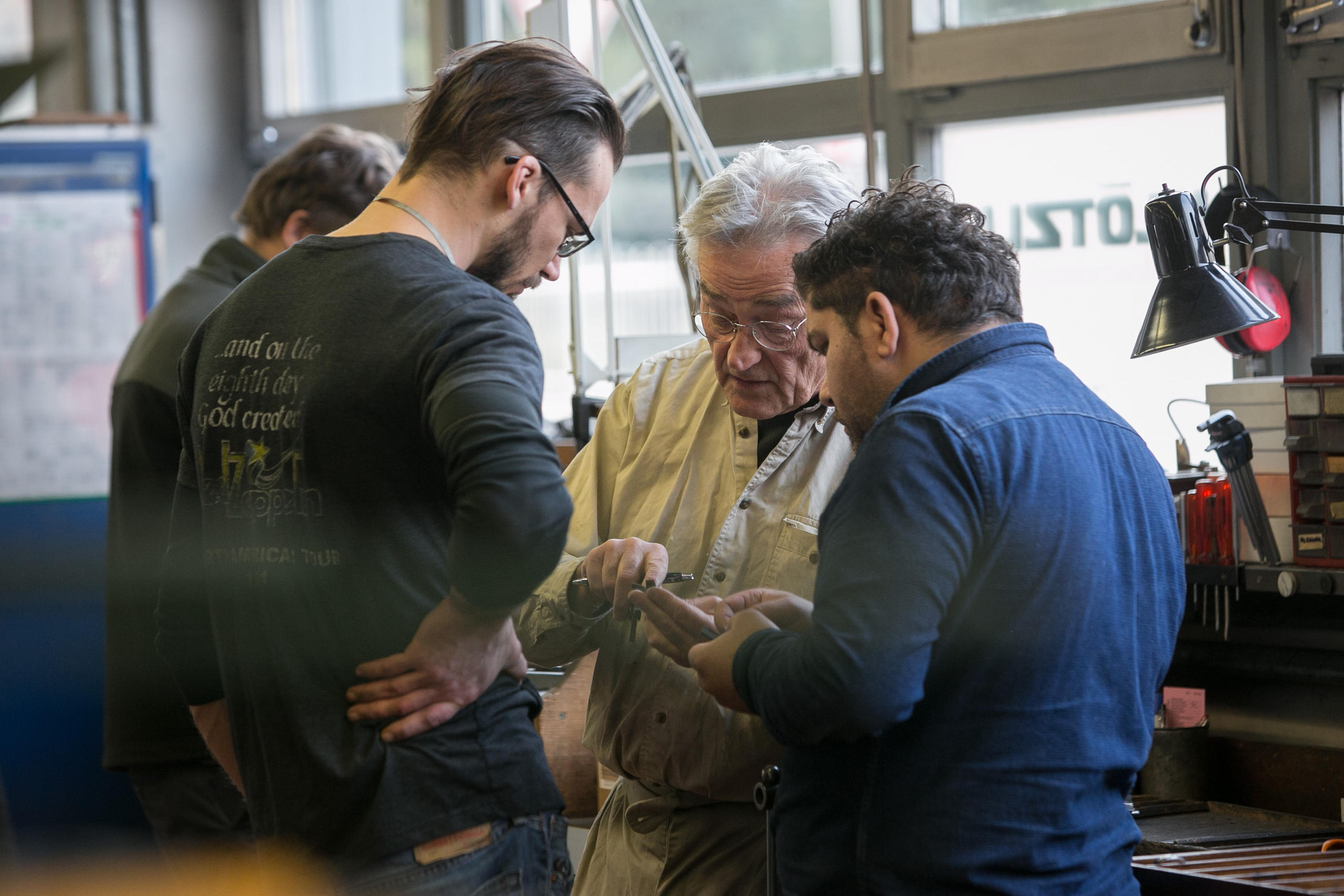
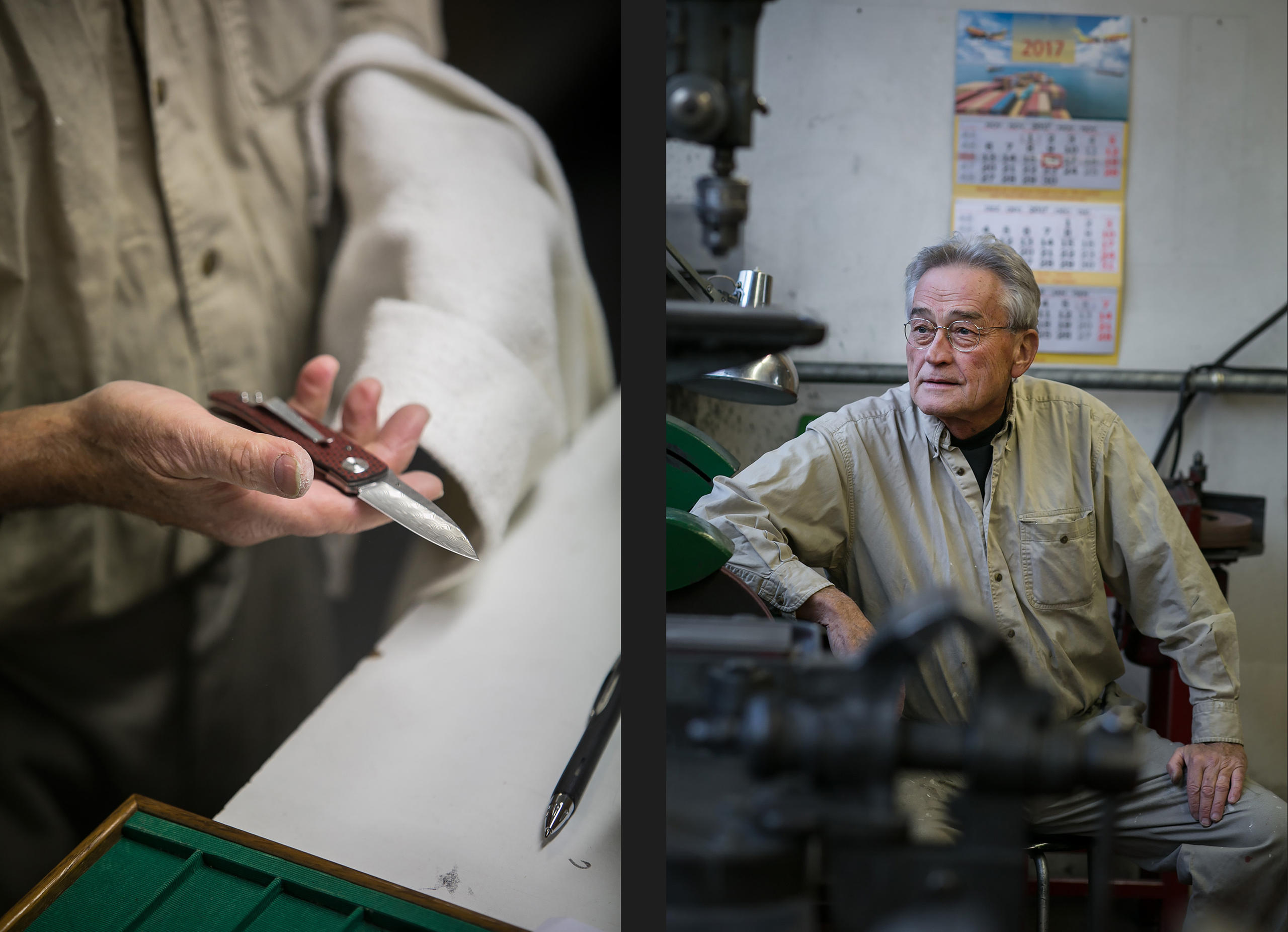

You can find an overview of ongoing debates with our journalists here. Please join us!
If you want to start a conversation about a topic raised in this article or want to report factual errors, email us at english@swissinfo.ch.